Taarika John is an illustrator based in Mumbai, India. I came across her work during my visual keyword research on behance.
The project that caught my eye was her Final Diploma project, where she worked with the ‘Art in Transit’ project. Art in Transit is a multifaceted public art initiative facilitated by the Srishti Institute of Art, Design and Technology and the city of Bangalore.
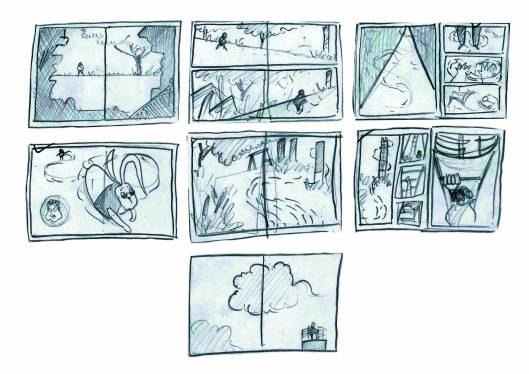
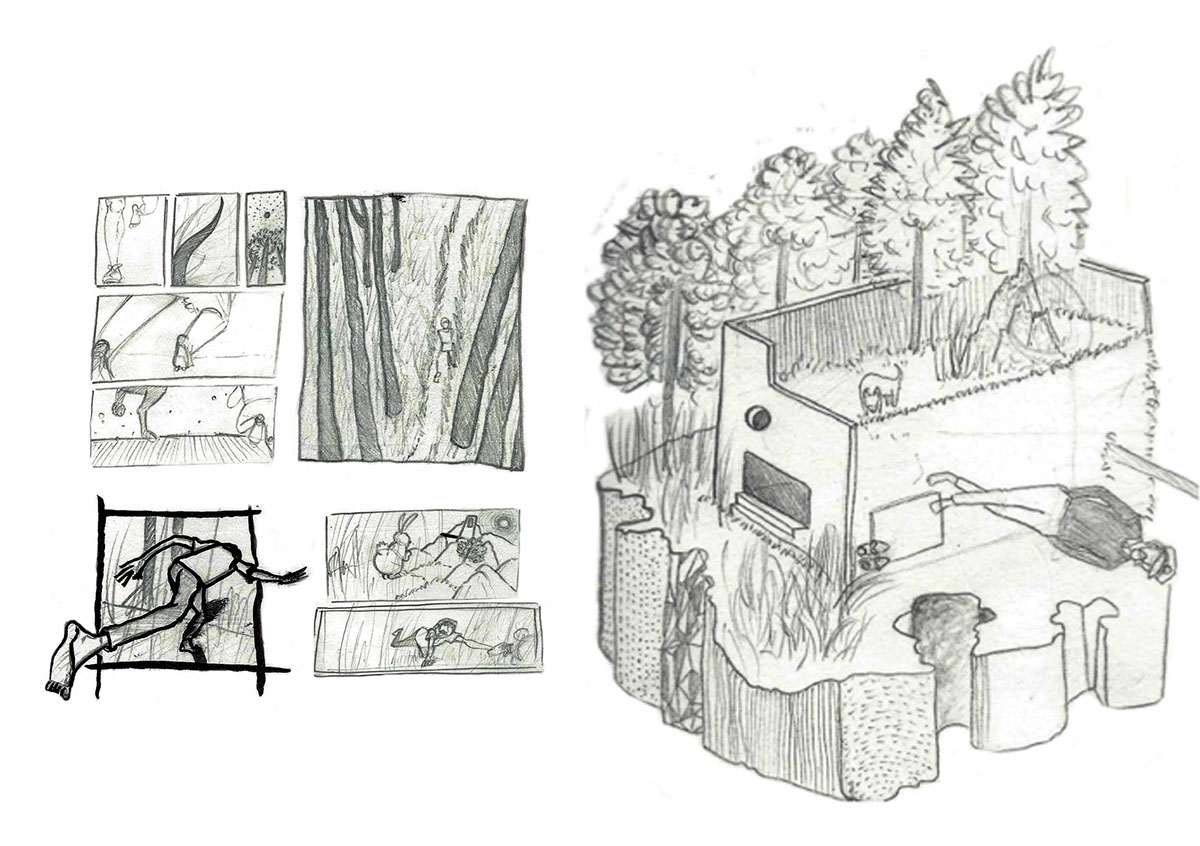
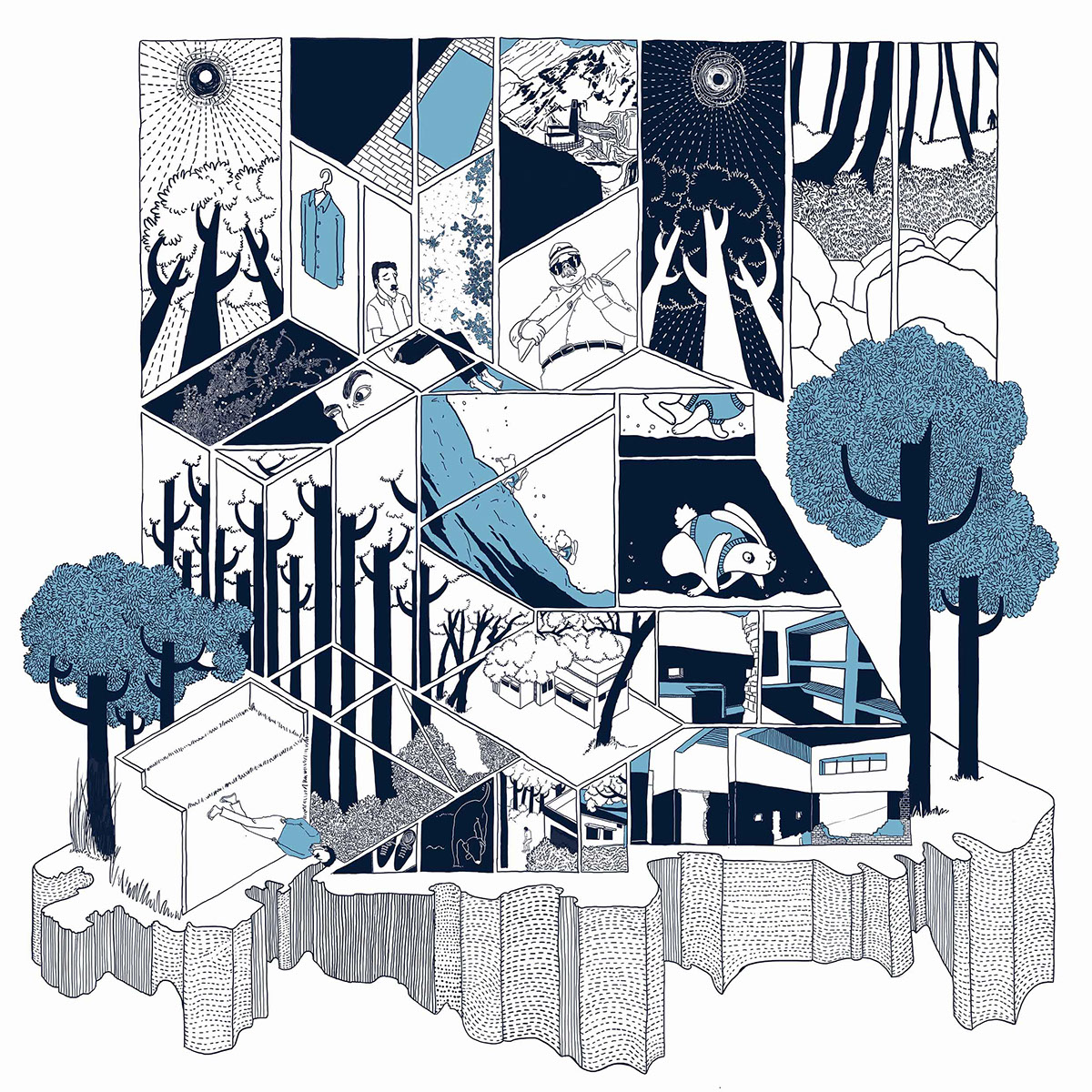
It is fascinating to see how she visually explored the themes of monotony and routine in context of space, narratives and experiences. After mapping the area surrounding the ‘Art in Transit’ location she combined her mapping results with a fictional narrative of the non-fictional space. I think the comic convey her message very well using a multidimensional layout, depicting different perspectives and a balanced composition.
behance (2017) Manifestations of Monotomy [Online] 2014. Available at: https://www.behance.net/Taarikajohn [Accessed: 21 November 2017]
John, Taarika (2017) Taarika John [Online] 2017. Available from: http://www.taarikajohn.com/monotony.html [Accessed: 21 November 2017]
John, T. (2015) Art in Transit [Online] Jan 02, 2015. Available from: https://mappeenya.wordpress.com [Accessed: 21 November 2017]
Art in Transit Bangalore (2017) Connecting people and city through art [Online] Available from: http://www.artintransitbangalore.com [Accessed: 21 November 2017]
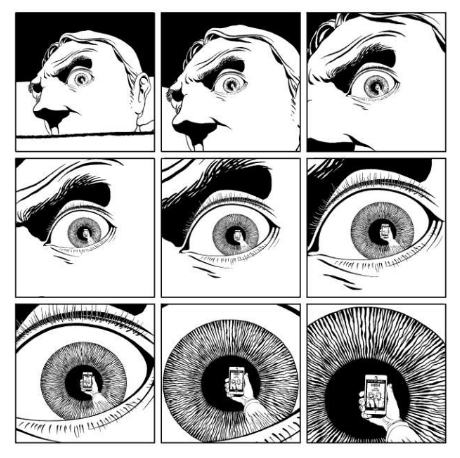
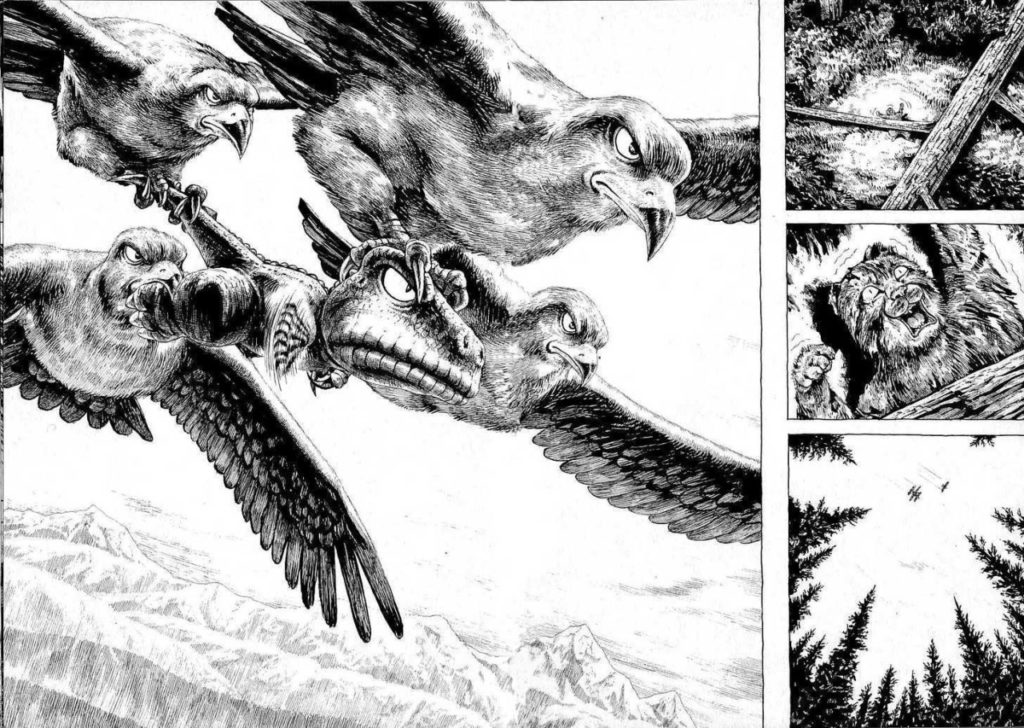
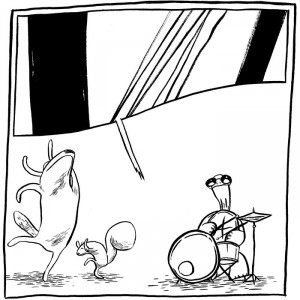
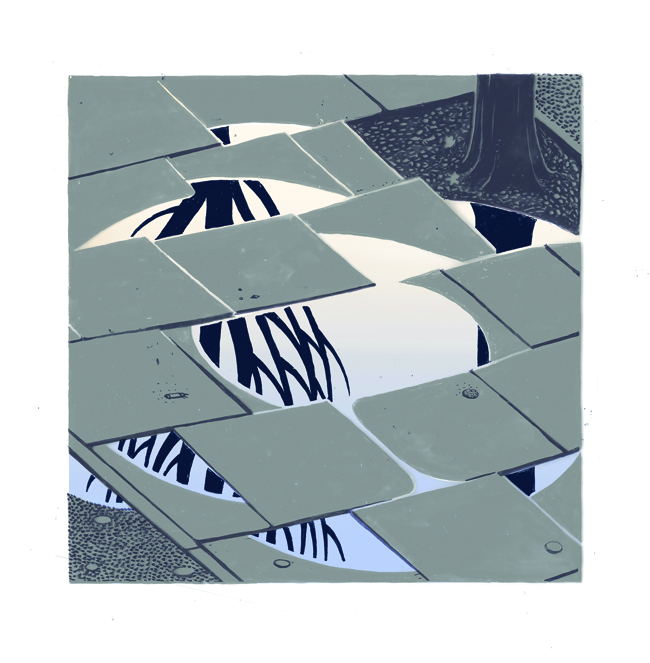
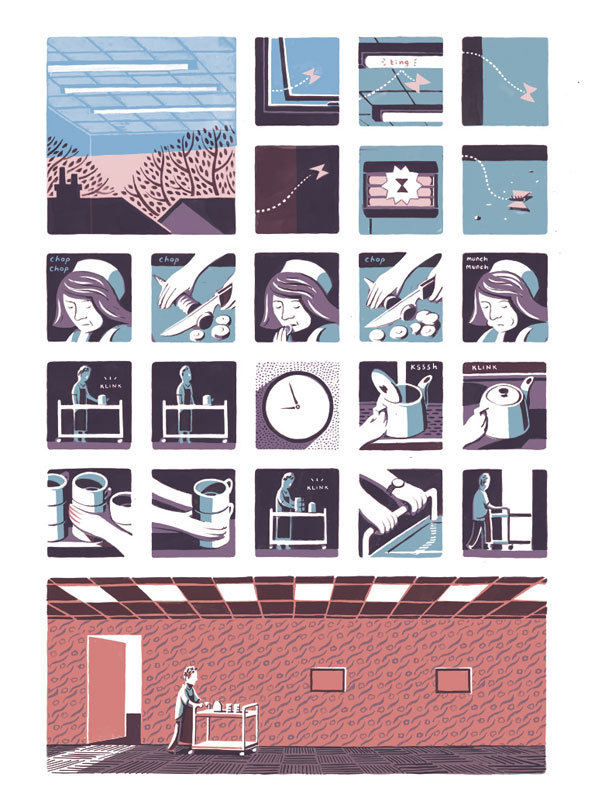
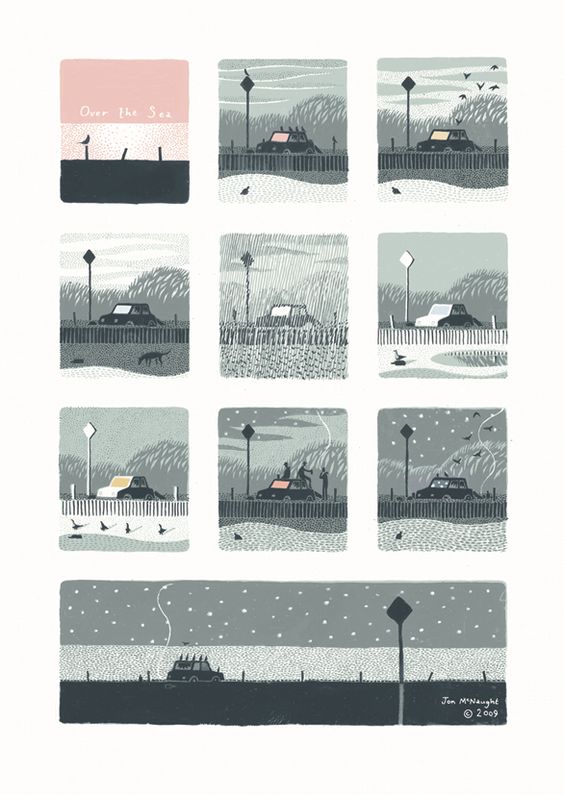
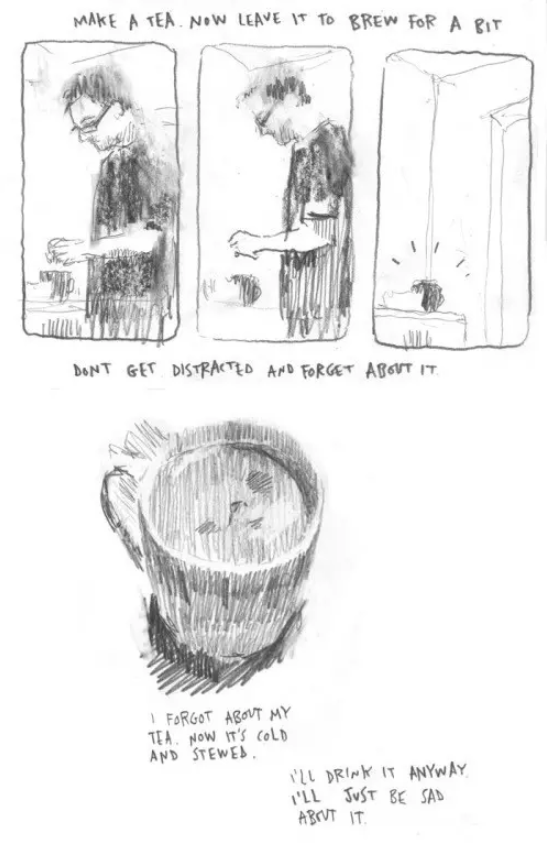
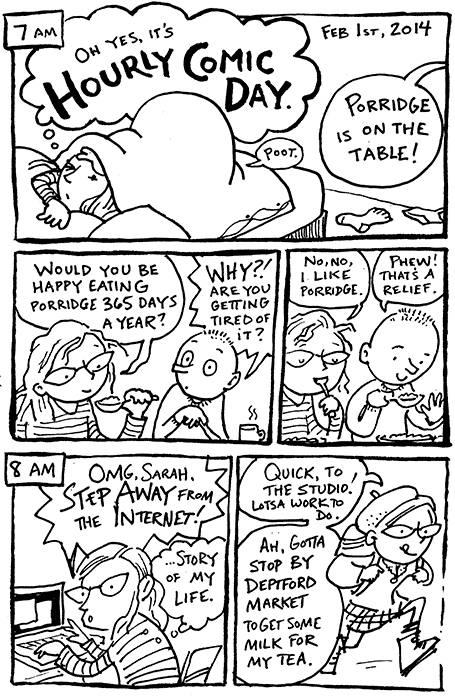
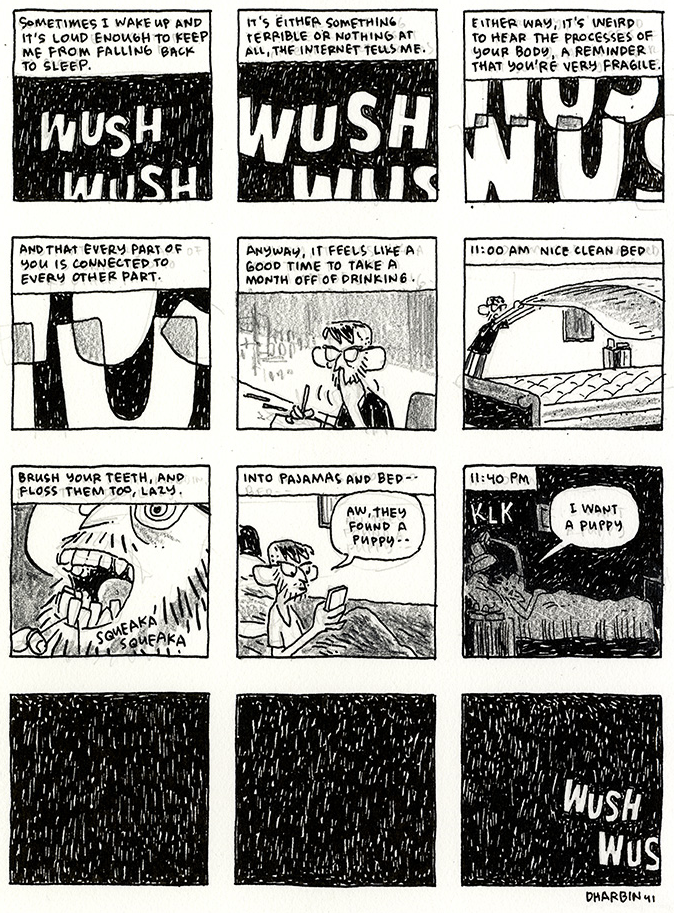 Dustin Harbin
Dustin Harbin